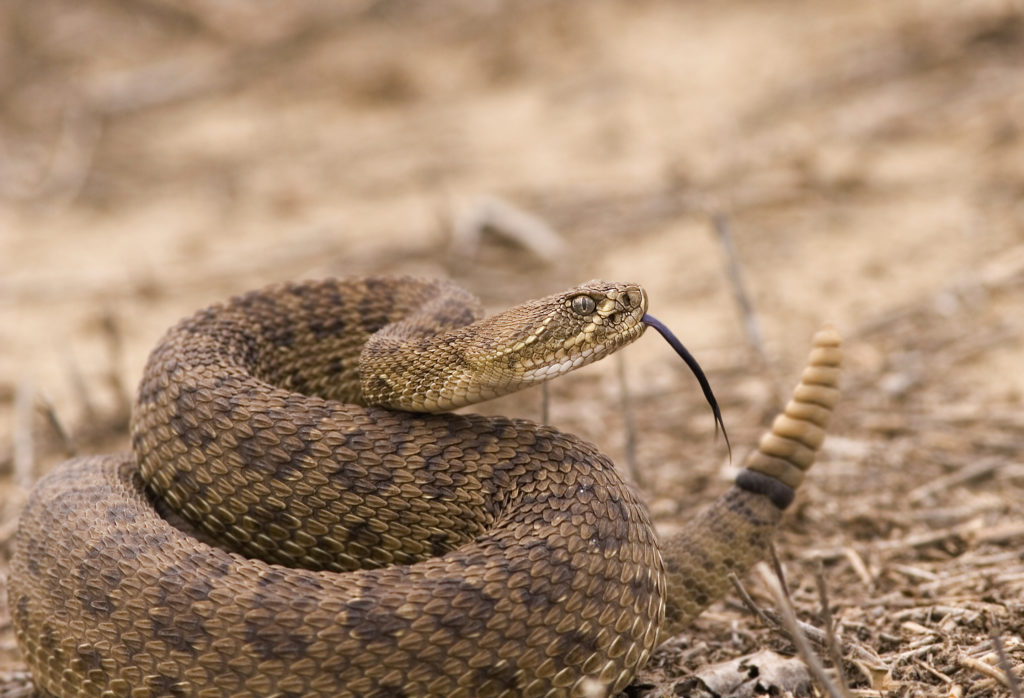Don’t Feed Ducks Bread (And 5 Other Debunked Wildlife Myths)
There are few things more thrilling than encountering a wild animal in its natural habitat. But as human populations grow and the boundaries between settlements and nature blur, people and animals in Texas are having more interactions — which can lead to some unfortunate misunderstandings. We’ll try to clear those up by busting some of the most common wildlife myths.
Myth No. 1: It’s OK to Feed the Ducks
Myth-Buster: Bread is not a good diet for ducks. It’s low in protein, high in carbs, and lacks the essential nutrients ducks find in aquatic plants, grains, and grasses. A bready diet can also lead to a calcium deficiency that has been found to cause metabolic bone disease in waterfowl. A common symptom in overfed ducks is “angel wing,” a condition where ducks grow too quickly, causing joint damage in their wings. Feeding ducks also encourages them to overpopulate certain areas, which can make them more susceptible to disease. In other words, leave the bread at home and let the ducks search their habitat for the food they need. They will find it.
Myth No. 2: Bird Feeders Aren’t Bird-Friendly
Myth-Buster: Each spring, bird lovers and backyard birdwatchers all across Texas fill up their feeders and wait for an avian show. But there are some who argue that feeders can have an adverse effect on bird populations, thinking that feeders can cause overcrowding, spread disease, and create an incentive for birds not to migrate. Thankfully, there is little evidence that any of these things are true. And while it is true that an unclean feeder can spread a disease already present in a bird population, it won’t cause disease on its own. So, as long as you’re cleaning out those feeders, go ahead and fill them, sit back, and let the birdies enjoy themselves.

Myth No. 3: The Rattlesnake Sound Means It’s About to Attack
Myth-Buster: The common understanding is that if you hear a rattlesnake’s tail rattling, you’re about to be bit. This, however, is not necessarily the case. A rattlesnake shakes its tail when it is in distress or senses danger or fear. If you hear one shaking, that doesn’t mean it’s about to strike. If anything, it acts as a warning that there’s potential danger nearby. You may be too close to its nest, or you may have simply startled it. Regardless, if you hear a rattlesnake, be careful and use caution while moving away from the critter.
Myth No. 4. Vultures Circling Are Harbingers of Death
Myth-Buster: We’ve all seen the cliché wildlife myth in a Western film: A character has wandered for days through the desert. He’s out of water. Exhausted. It looks like the end is near. A flock of vultures begins to circle overhead to signal impending doom. It’s a suspenseful image, sure, but the reality is that vultures don’t hover over dying animals — just dead ones. Vultures have a keen sense of smell and they can pick up the sulfurous solvents that are emitted from dead animals in stages of decay. Circling vultures aren’t waiting for their prey to drop — they have usually found some carrion ready for the picking. In other words, the next time you’re on a hike and see birds of prey overhead, don’t worry: You’ll make it back to the car.

Myth No. 5: Frogs and Toads Give You Warts
Myth-Buster: Fairy tales have taught us a few misleading things about our amphibian friends. It is not true that touching frogs and toads can give you warts. This wildlife myth likely comes from the fact that some toads and frogs have wartlike lumps on their skin. Someone, once upon a time, likely interpreted that fact to mean they were contagious. Truth is, they’re not. But don’t think about kissing a frog in hopes that it might turn into a prince — some frogs secrete toxins that can be poisonous. Keep an eye out for East Texas’ pickerel frogs, which are the state’s only native poisonous frog.
Myth No. 6: You Should Always Intervene
Myth-Buster: When happening upon an abandoned baby animal, many people immediately try to intervene. But not every solitary baby creature is, in fact, abandoned. Baby fawns often bed down in tall grasses to hide from predators while waiting long hours for their mothers to return from foraging. A baby bird that has fallen from its nest shouldn’t be handled by humans, which could lead the mother to reject the bird. In fact, mommy or daddy bird is probably close by. When you encounter a baby animal, it is best to keep your distance and monitor the situation for a few days before intervening by contacting local rescue groups.
Now that you know why bread is bad for ducks, why vultures circle, and several other truths surrounding wildlife, learn when it’s safe (and smart) to move a bird’s nest in your yard.
© 2021 Texas Farm Bureau Insurance



